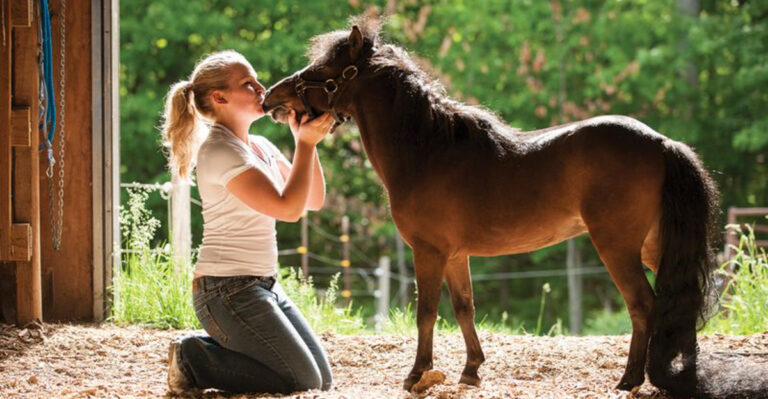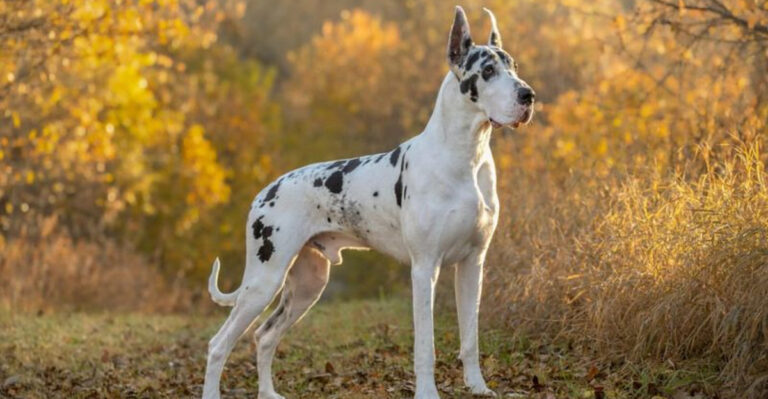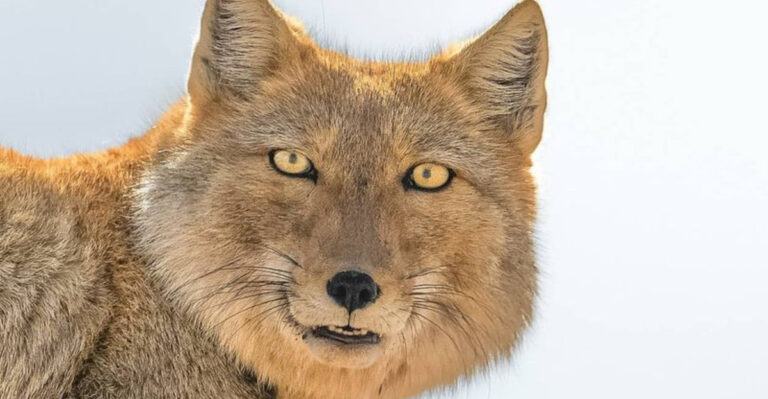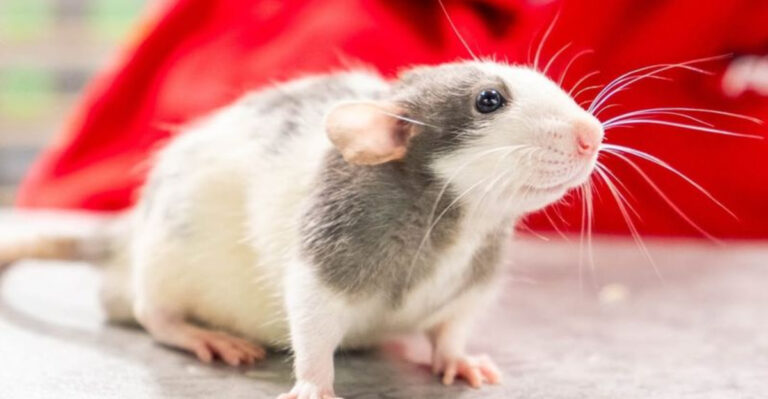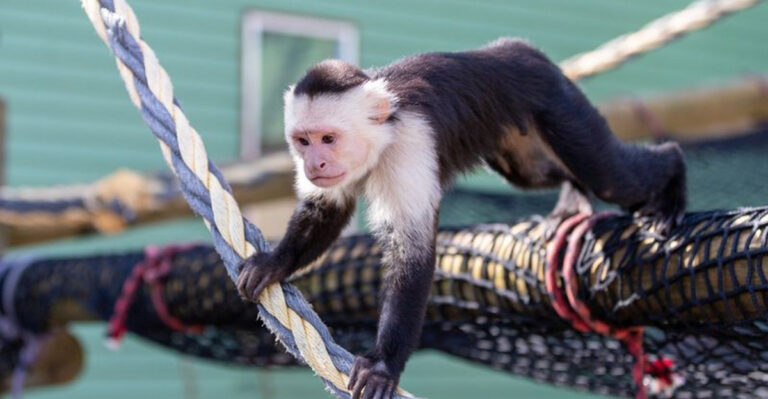27 Fun Facts About Sea Otters
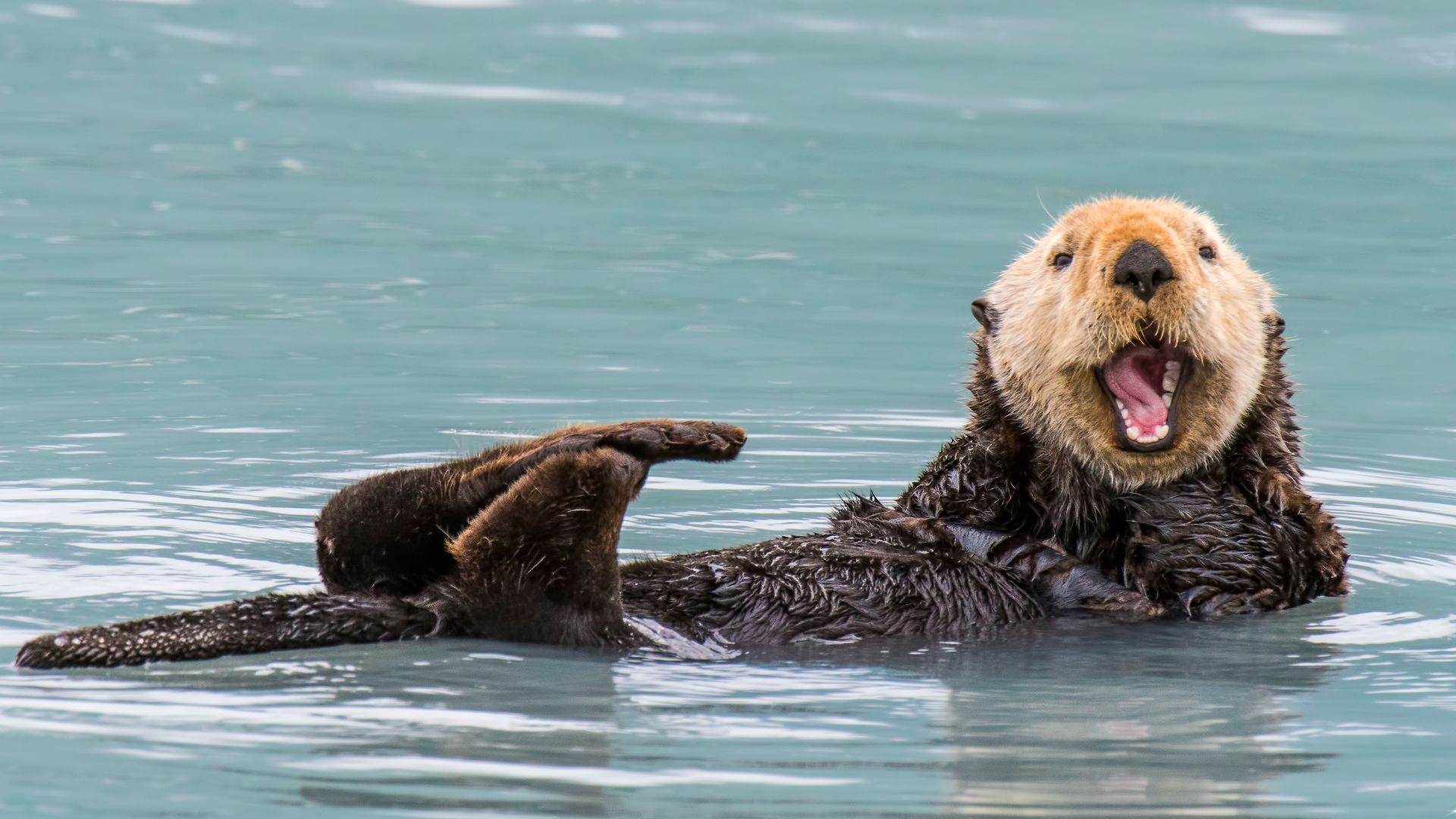
Sea otters are fascinating creatures that play a crucial role in marine ecosystems.
Known for their playful nature and intelligence, they are also vital for the health of coastal environments. Not only are they cute, but useful as well!
1. Sea Otters Hold Hands While Sleeping
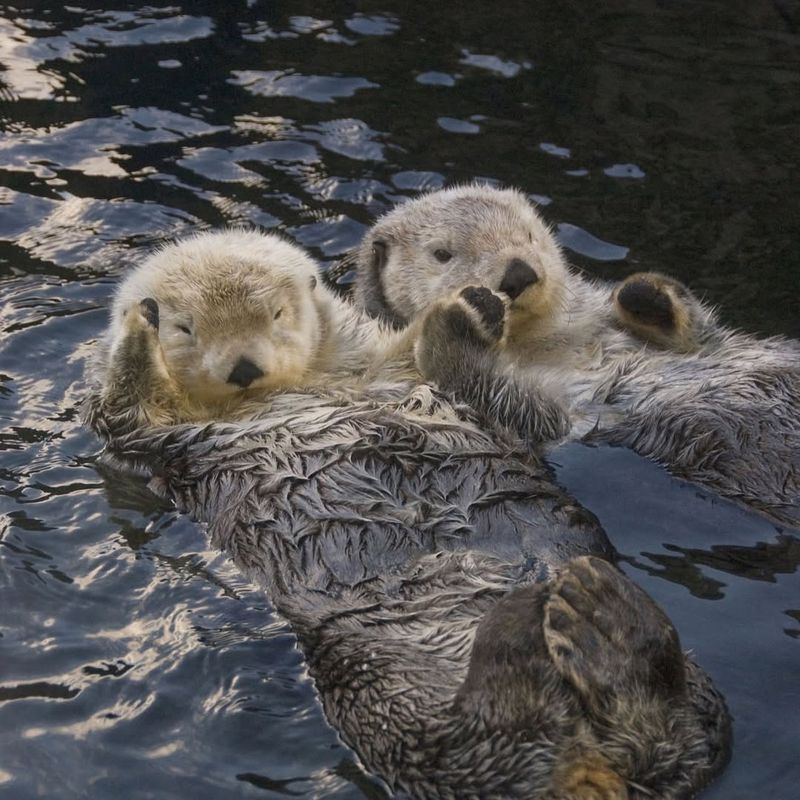
One of the most adorable behaviors of sea otters is their habit of holding hands while they sleep. This behavior prevents them from drifting apart while floating on their backs in the water, especially during sleep.
It’s not just a cute gesture; it’s a survival strategy that helps them stay connected to one another, especially in rough waters. Otters can also anchor themselves to kelp forests using their hands, preventing them from being carried away by currents.
2. Sea Otters Have A Favorite Rock
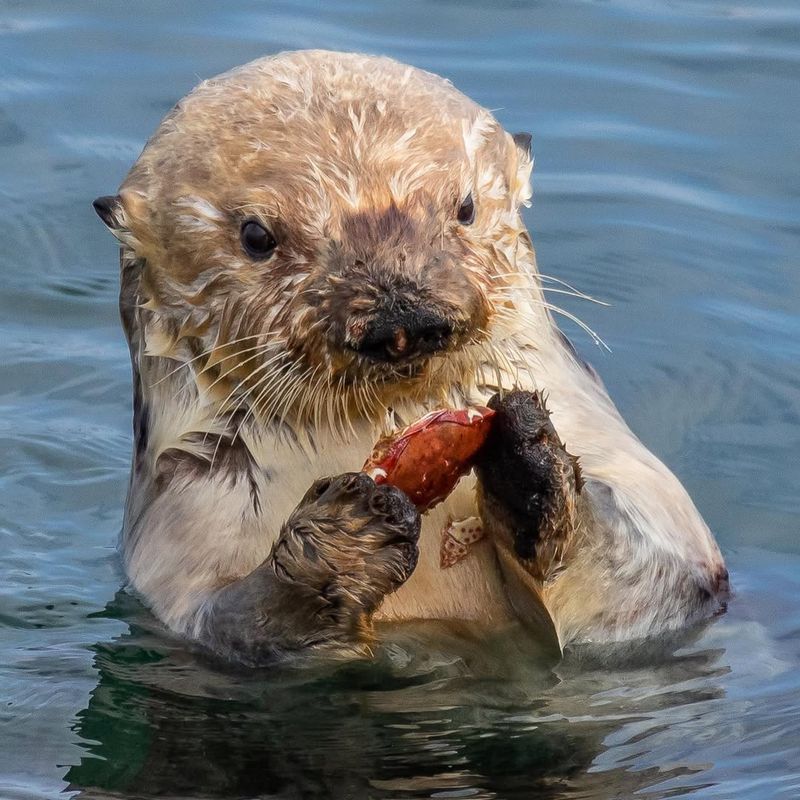
Sea otters are known to have a favorite rock, which they use to crack open shellfish and other hard-to-open food. They keep these rocks in a “pocket” under their armpits, a small fold of skin that acts as a tool pouch.
These special rocks are so important that otters will often go to great lengths to keep them safe, sometimes even using them for years. This relationship with rocks highlights their unique tool-using abilities and attachment to certain objects.
3. Sea Otters’ Thick Fur
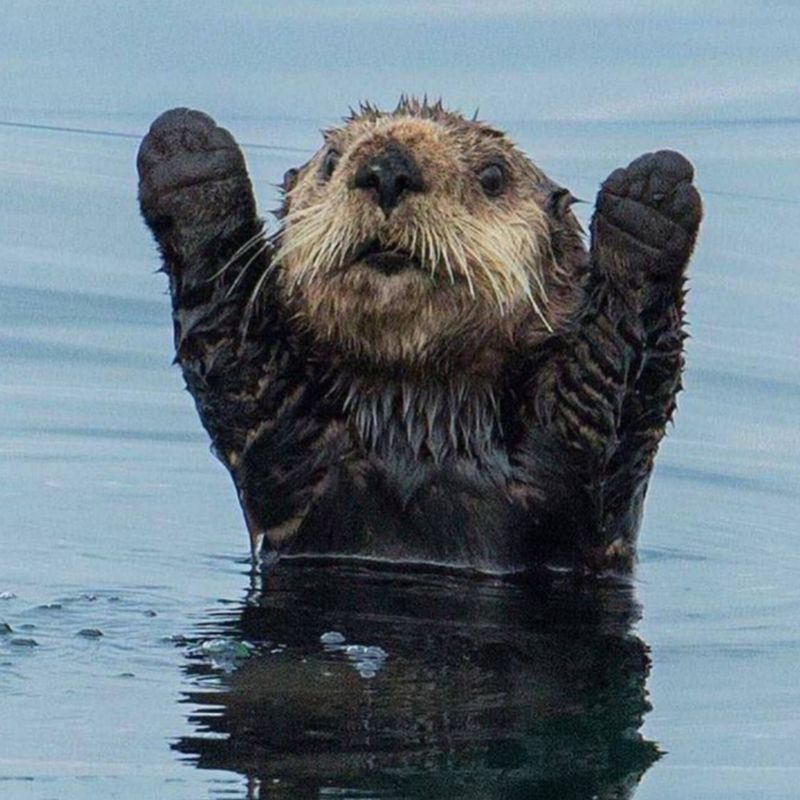
Sea otters are known for their thick fur, which is one of their most notable features. Their fur is incredibly dense, with up to 600,000 hairs per square inch, making it the densest fur of any animal.
This dense coat helps keep them warm in the cold waters of the Pacific, as they lack a layer of blubber like other marine mammals. Sea otters must groom their fur frequently to keep it waterproof, ensuring they stay dry and insulated while diving for food.
4. Tool Use Among Sea Otters
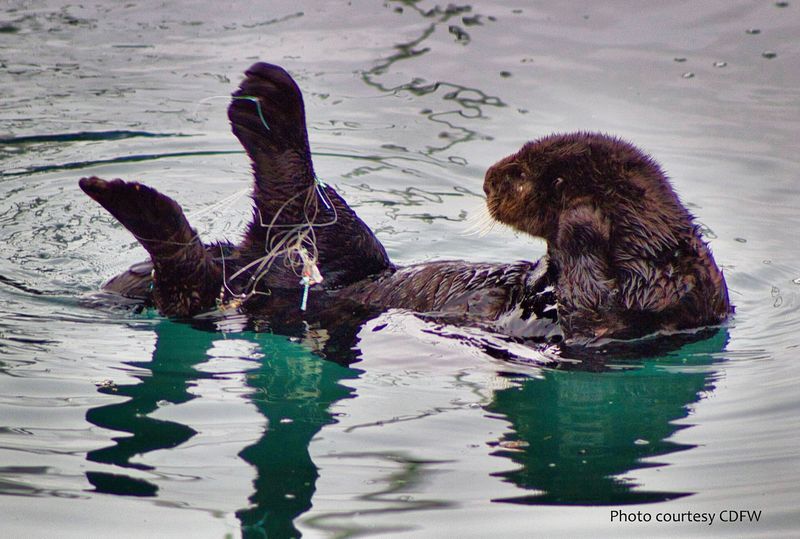
One of the most fascinating aspects of sea otters is their ability to use tools. They are known to use rocks and other hard objects to crack open shellfish, such as clams and sea urchins, to access the meat inside.
This tool use is rare in the animal kingdom and is a key adaptation for their survival. Sea otters have been observed holding rocks in a “pocket” under their forearms, making them one of the few non-human animals to demonstrate such behavior.
5. Sea Otters’ Role In Kelp Forests
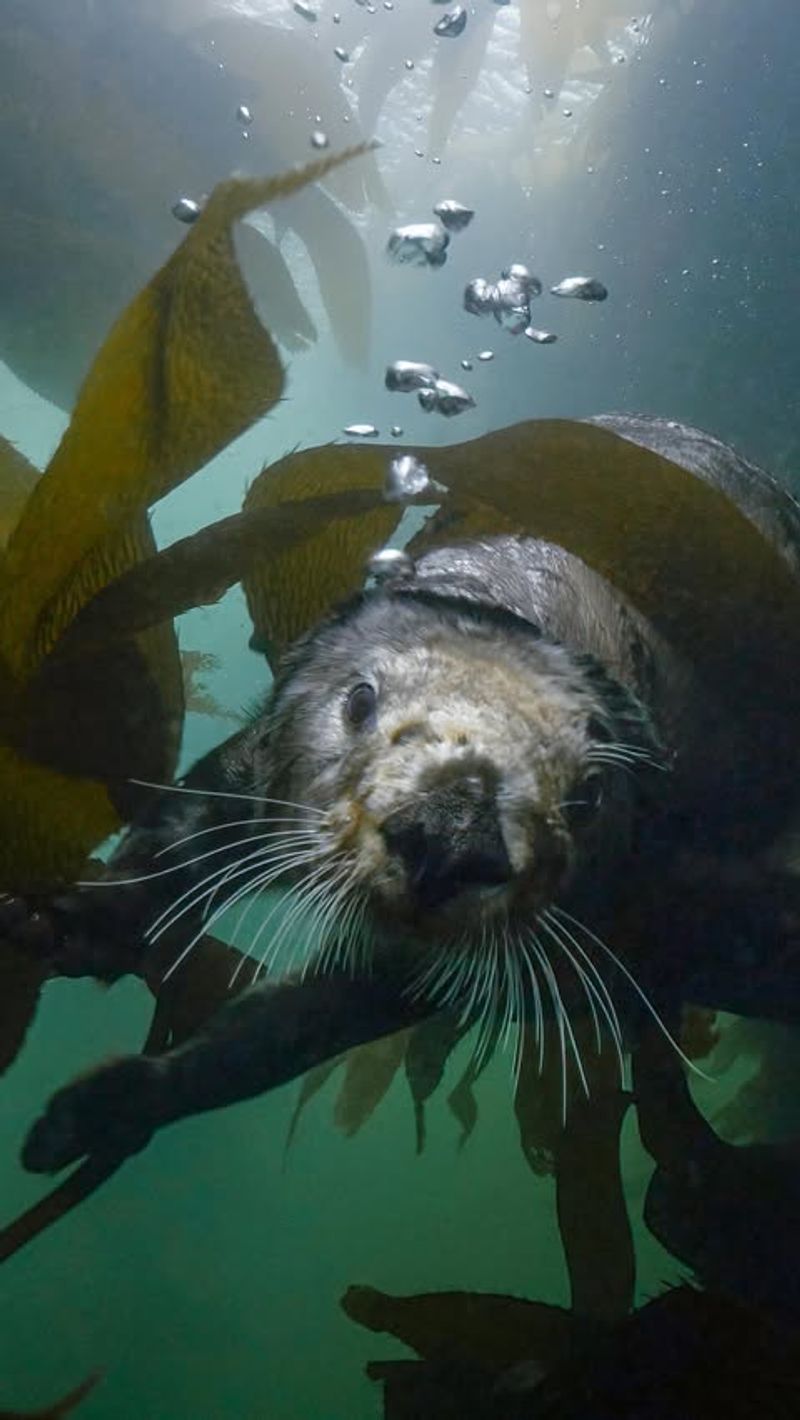
Sea otters play a critical role in maintaining the health of kelp forests. By feeding on sea urchins, which are known to graze on kelp, sea otters help control the urchin population, preventing overgrazing of these vital underwater forests.
Kelp forests provide shelter and food for many marine species, and without sea otters keeping urchin numbers in check, these ecosystems could collapse. This ecological balance highlights the importance of sea otters in marine environments.
6. Social Structure And Communication
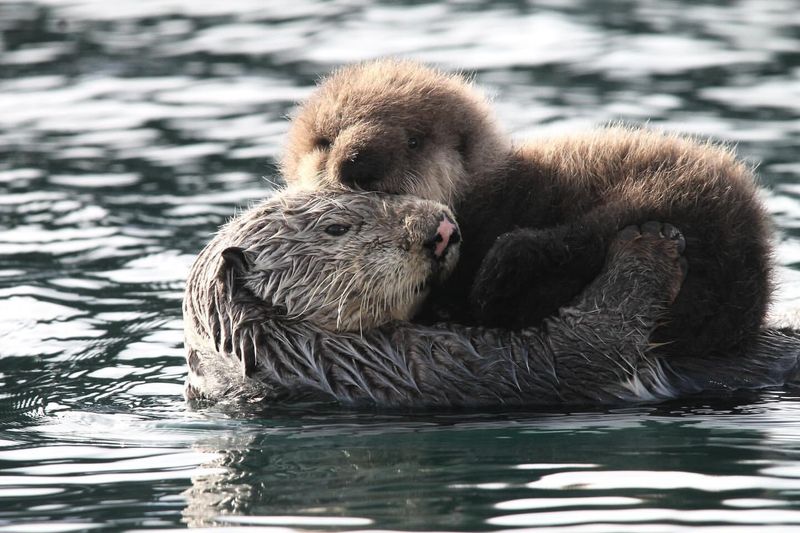
Sea otters are highly social animals that often form groups called “rafts.” These rafts can consist of anywhere from a few individuals to hundreds of otters, and they use these groups for protection and social interaction.
Communication within these groups is essential, with otters using vocalizations, body language, and even hand gestures to convey messages. Their social structures and cooperative behaviors help them thrive in their habitats.
7. Diet And Foraging Techniques
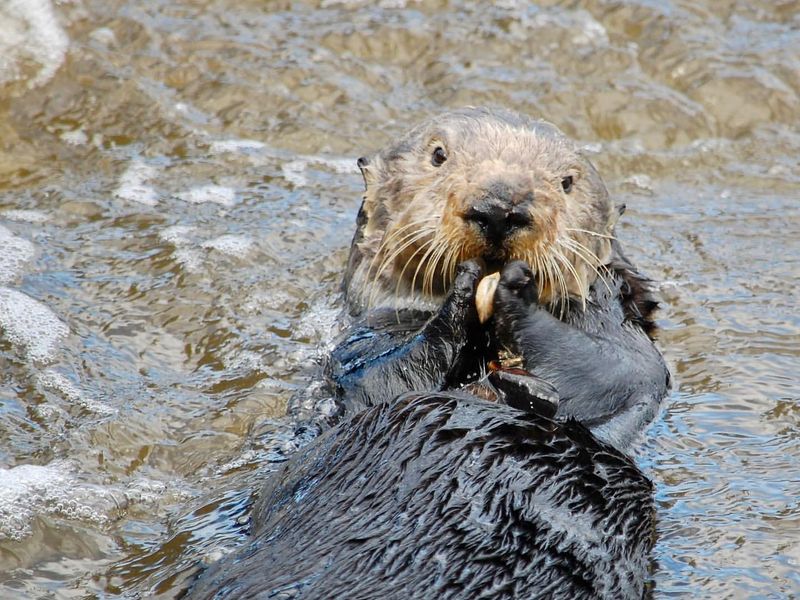
Sea otters have a varied diet, primarily consisting of marine invertebrates like crabs, snails, sea urchins, and clams. They are skilled foragers, using their keen sense of touch to find food on the ocean floor. Sea otters are often seen floating on their backs while eating, using their bellies as tables.
This unique feeding behavior allows them to use their dexterous front paws to manipulate food, demonstrating their remarkable adaptability and intelligence.
8. Sea Otters And Climate Change
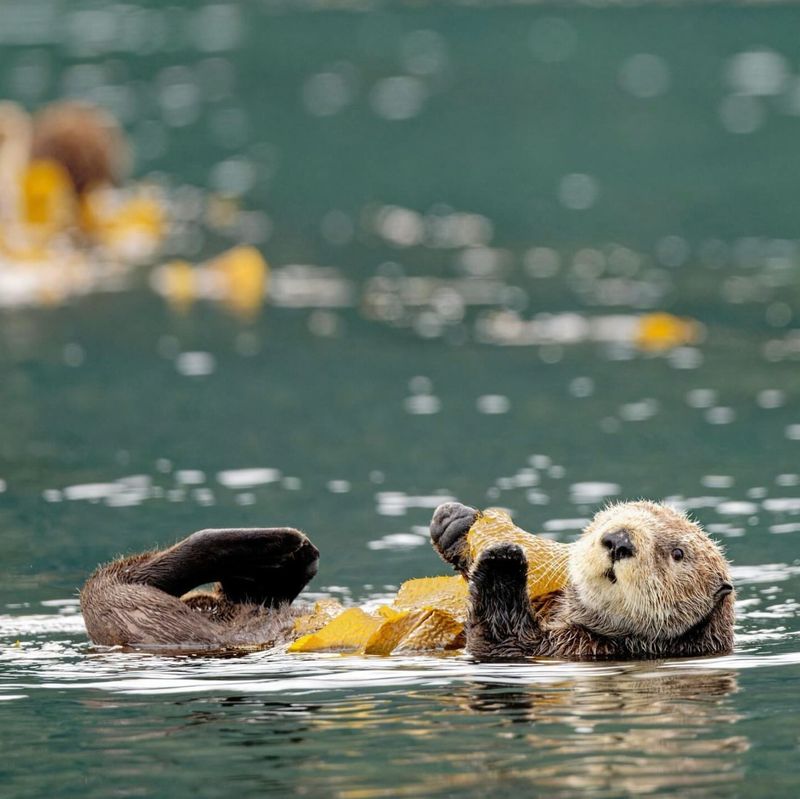
As climate change affects marine ecosystems, sea otters are facing new challenges. Rising ocean temperatures can impact the distribution of the otters’ prey, such as sea urchins and shellfish, making it harder for otters to find food.
Additionally, melting sea ice and warming waters threaten the health of the kelp forests that sea otters rely on for shelter. The effects of climate change on sea otters underscore the interconnectedness of marine ecosystems and the importance of addressing climate change.
9. Threats From Pollution And Oil Spills
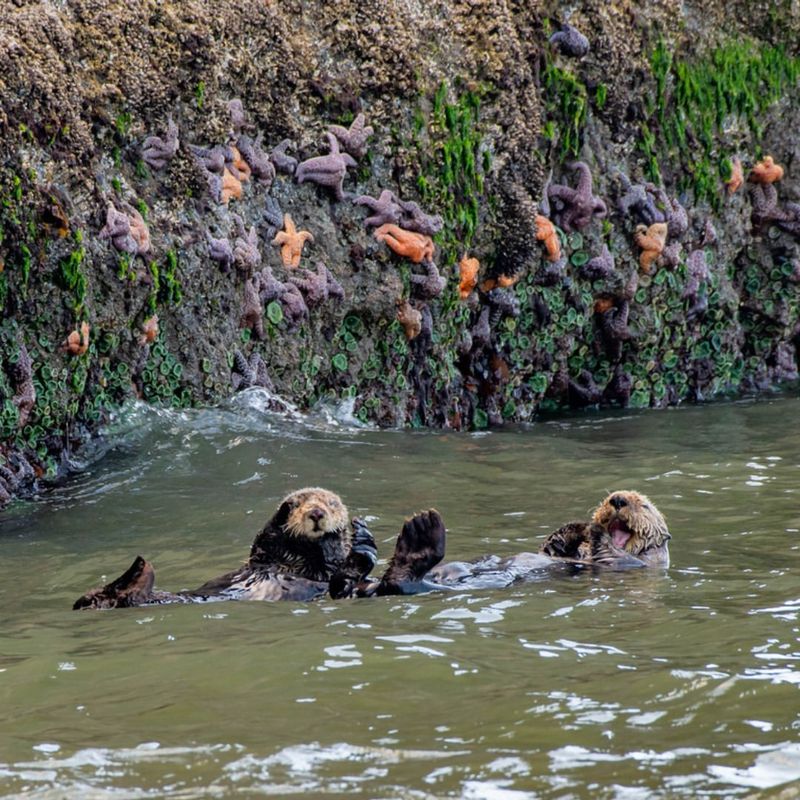
Pollution, especially oil spills, poses a significant threat to sea otters. Their thick fur is highly susceptible to contamination, and if it becomes coated with oil, it loses its insulating properties, leaving otters vulnerable to hypothermia.
Oil spills also contaminate the otters’ food sources and their habitat, causing long-term health issues. Conservation efforts focus on reducing pollution and preventing oil spills to protect sea otters and other marine life.
10. Cultural Significance And Conservation
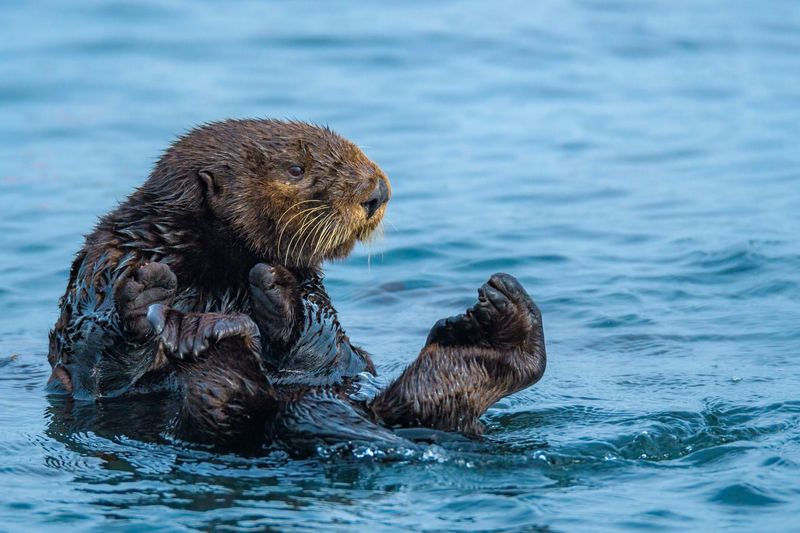
Sea otters hold cultural significance for many indigenous coastal communities, where they are often seen as symbols of resilience and adaptability. Their playful nature and critical role in marine ecosystems have made them a focus of conservation efforts.
Over the years, the sea otter population has been recovering from near-extinction due to hunting in the 19th and early 20th centuries. Today, they are a key species in marine conservation, highlighting the need to protect both the animals and the ecosystems they support.
11. Unique Adaptations For Survival
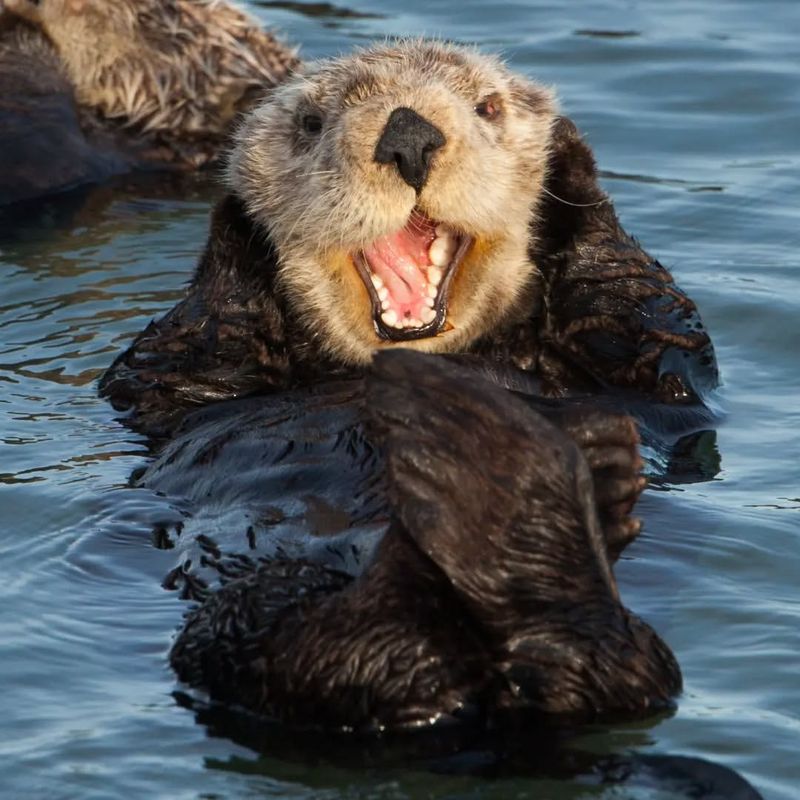
Sea otters have developed a number of unique adaptations to survive in their cold, often harsh aquatic environments. One of the most important adaptations is their thick fur, which provides insulation and allows them to maintain body heat without the need for blubber.
They also have specialized paws that help with swimming and holding food, and their keen sense of touch allows them to find food at the ocean’s floor. These physical traits enable sea otters to thrive in a challenging environment.
12. Sea Otters’ Playful Nature
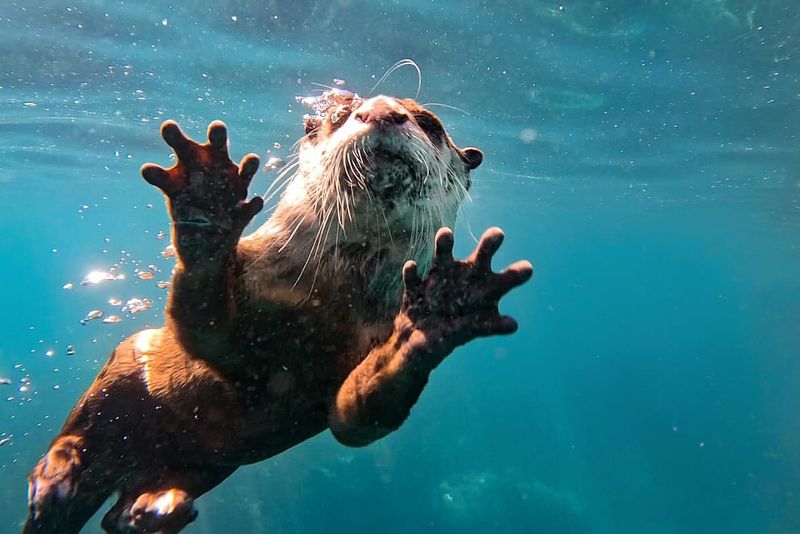
Sea otters are known for their playful behavior, often engaging in activities like sliding down mudslides, playing with kelp, or chasing each other in the water.
Their playful nature is not just for fun; it also helps them develop important survival skills, such as agility and coordination. Play also strengthens social bonds within groups and provides an opportunity for otters to practice hunting and foraging techniques.
13. Sea Otters’ Powerful Sense Of Smell
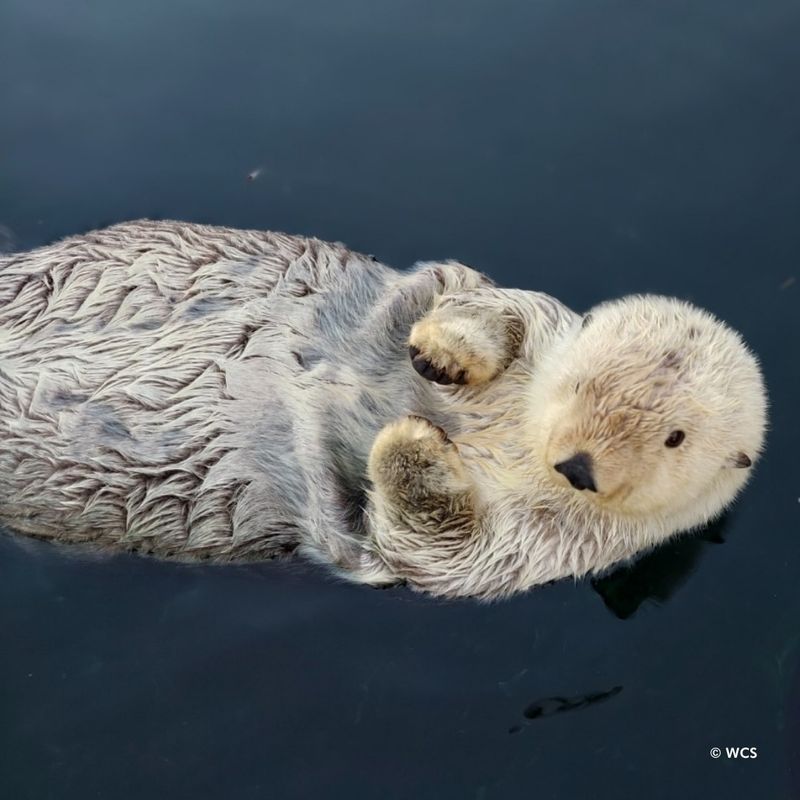
Sea otters have an exceptionally powerful sense of smell, which helps them locate food and navigate their environments. They use their sense of smell to detect potential threats and find mates, making it a critical aspect of their survival.
Their keen olfactory abilities allow them to interpret chemical cues in the water, helping them detect prey and assess the conditions around them.
14. Sea Otters’ Role In Archaeology
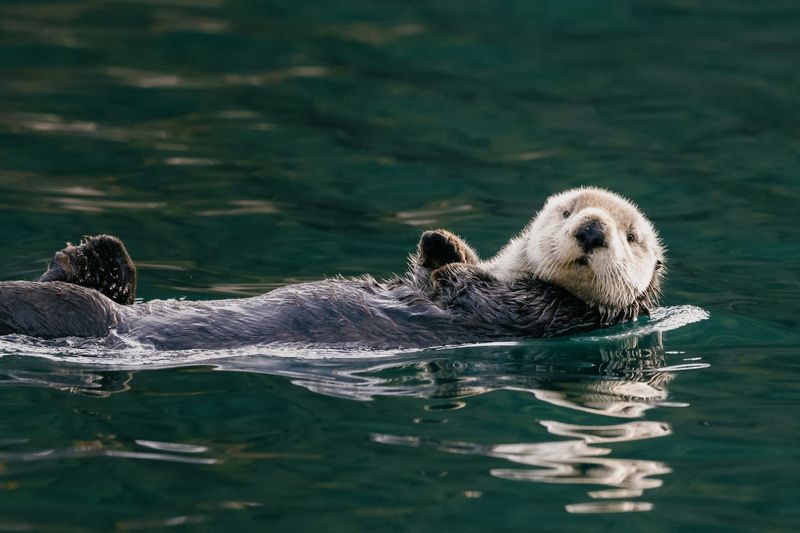
Sea otters play an interesting role in archaeology due to their dietary habits. Archaeologists often find ancient sea otter bones and shells of prey in midden sites, which provide valuable information about past ecosystems and human activity.
These findings help researchers understand the diet, habitat, and behavior of sea otters over time, as well as their relationship with indigenous peoples.
15. Physical Characteristics And Diversity
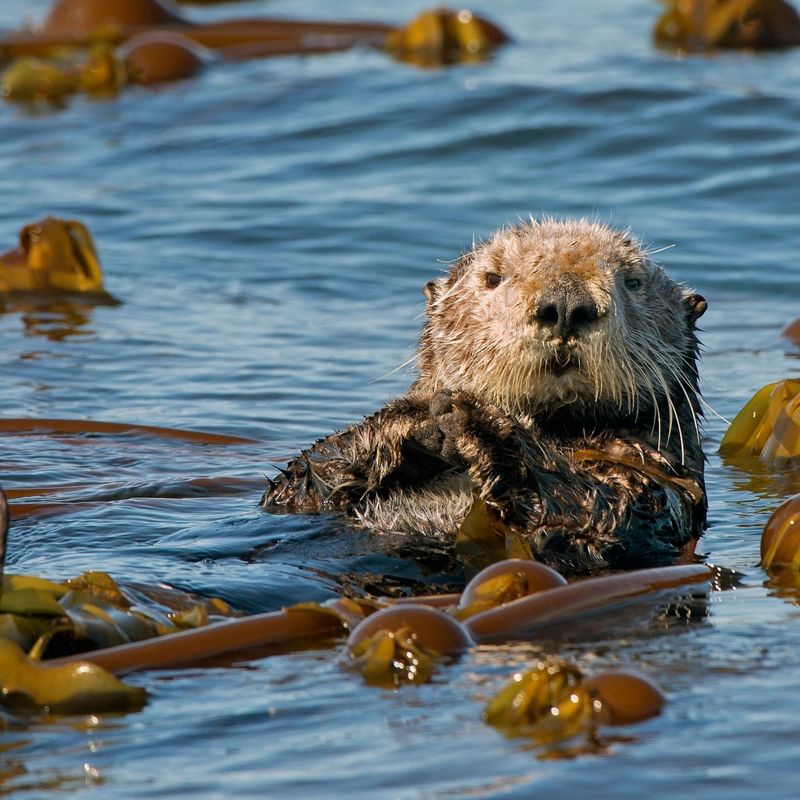
Sea otters are not all the same—there is a significant range of size, fur color, and physical characteristics among the different subspecies. Some sea otters have darker fur, while others have lighter coats, depending on their geographical location.
Their size can also vary, with the males typically being larger than the females. This diversity allows sea otters to adapt to a variety of coastal environments, from the icy waters of Alaska to the more temperate regions along the Pacific coast.
16. Rehabilitation And Rescue Efforts
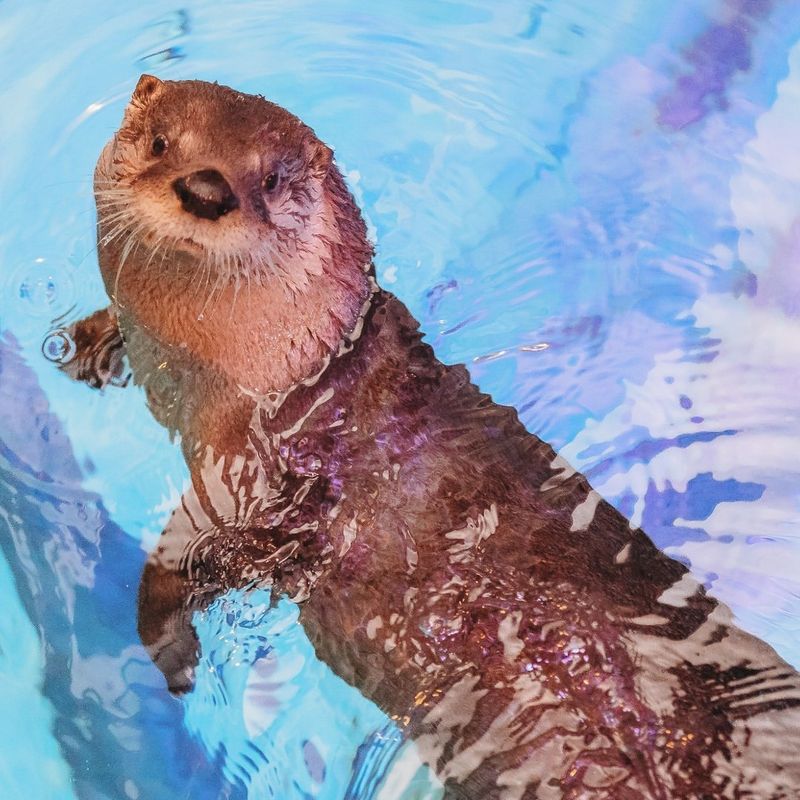
The rehabilitation and rescue of sea otters play an essential role in conservation efforts. Many organizations are dedicated to saving stranded, injured, or sick sea otters and rehabilitating them for release back into the wild.
These rescue efforts are crucial to maintaining healthy populations, especially in areas where otter populations have been hit hard by pollution, oil spills, or disease.
17. Sea Otters And Ecotourism
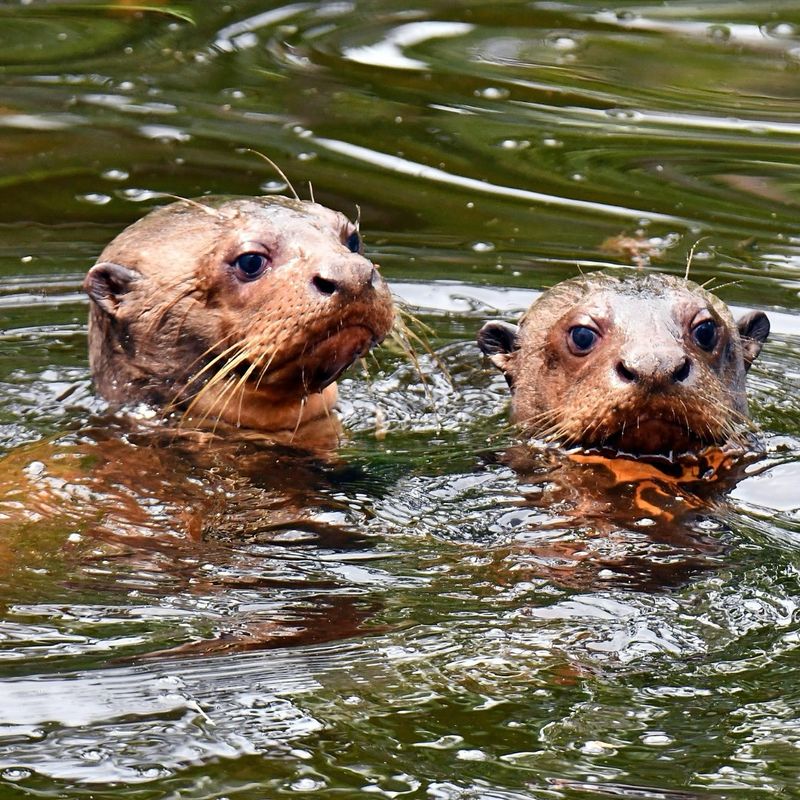
Sea otters are a major draw for ecotourism, offering visitors the chance to see these charismatic creatures up close in their natural habitats. Boat tours, wildlife sanctuaries, and national parks across the U.S. and Canada offer otter-watching experiences, promoting both education and conservation efforts.
Ecotourism that focuses on sea otters helps raise awareness about the threats they face while providing economic benefits to local communities through sustainable tourism.
18. Sea Otters In Popular Culture
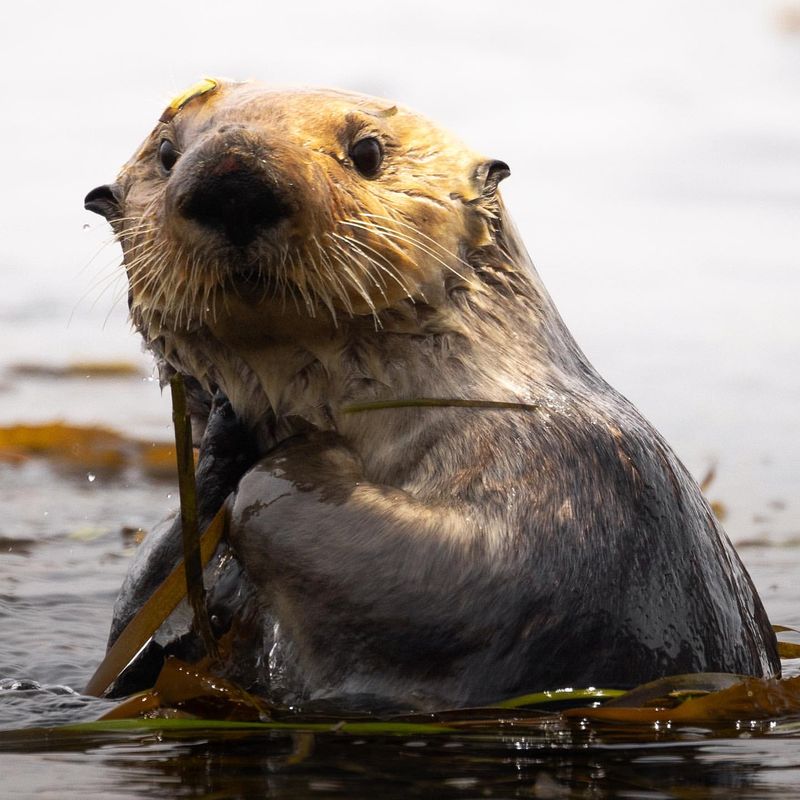
Sea otters have captured the hearts of many, often appearing in popular culture, from documentaries to animated films. Their playful behavior, adorable appearance, and key role in ecosystems have made them symbols of marine conservation.
Sea otters are frequently featured in media and entertainment, helping to raise awareness about environmental issues and the importance of protecting marine life.
19. Threats From Fisheries And Bycatch
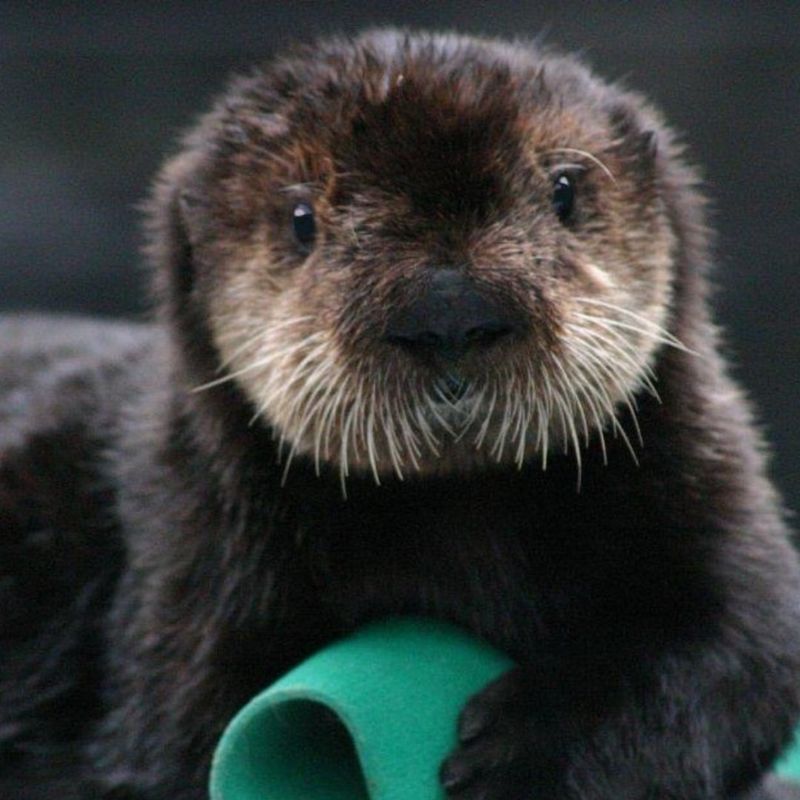
Sea otters are often unintentionally caught in fishing nets, a problem known as bycatch. This can cause injury or even death for otters that get tangled in nets while searching for food.
Fishermen are working to develop otter-friendly fishing methods, such as using specific net types or implementing stricter regulations, to minimize the impact on otter populations and help ensure their survival in the wild.
20. Genetic Studies And Conservation
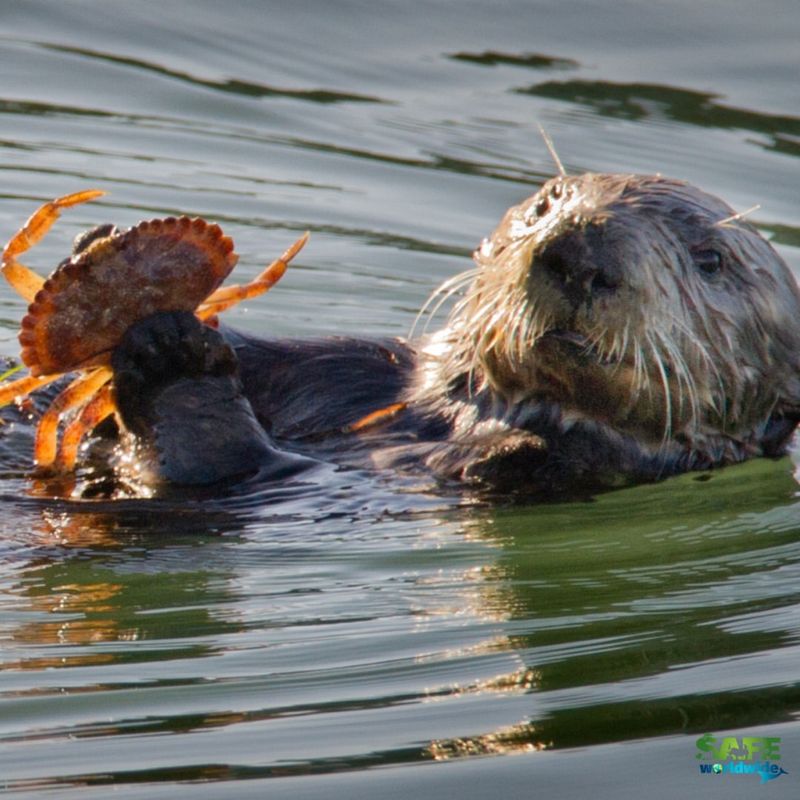
Genetic studies of sea otters have helped scientists better understand their population structure, health, and genetic diversity. These studies are crucial for making informed conservation decisions, particularly as some populations of sea otters are genetically isolated.
By identifying genetic bottlenecks and understanding the challenges facing different otter populations, scientists can implement targeted strategies to preserve these animals and prevent inbreeding.
21. Impact Of Predators And Competition
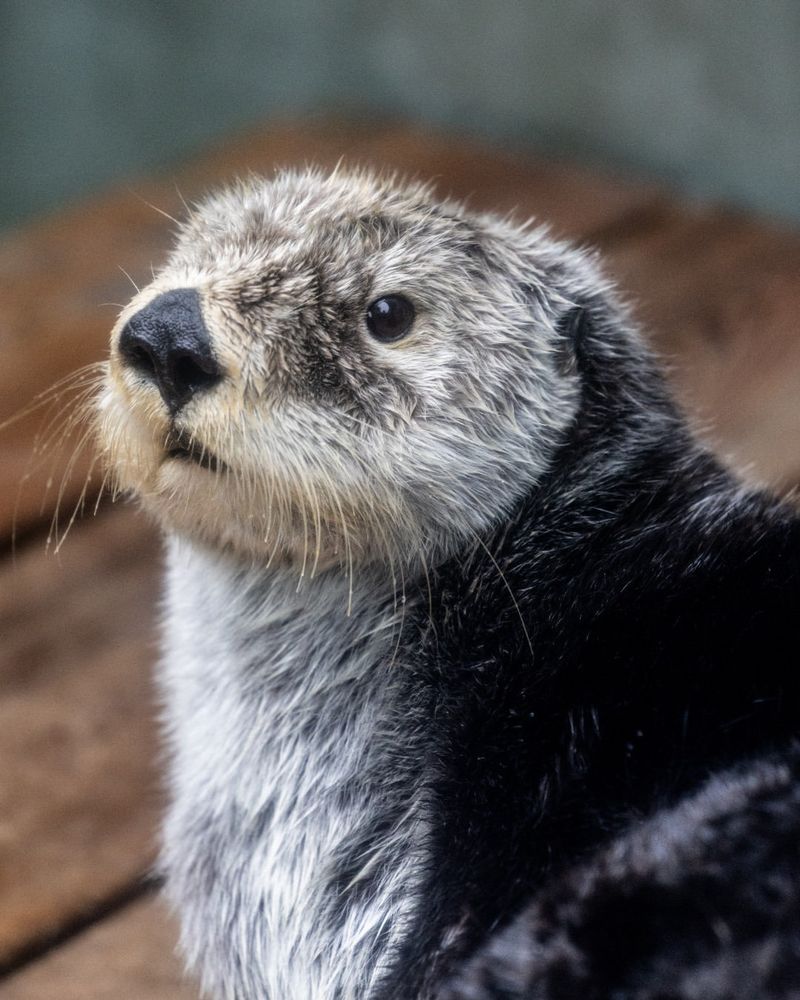
While sea otters are apex predators in their ecosystems, they still face threats from larger predators and competition for food. Killer whales, for example, have been known to prey on sea otters, particularly in certain regions where food sources are scarce.
Additionally, sea otters compete with other marine mammals for prey, such as sea urchins and crustaceans. These interactions can impact otter populations, making it important to monitor predator-prey dynamics in their habitats to maintain a healthy balance.
22. Historical Range And Recovery
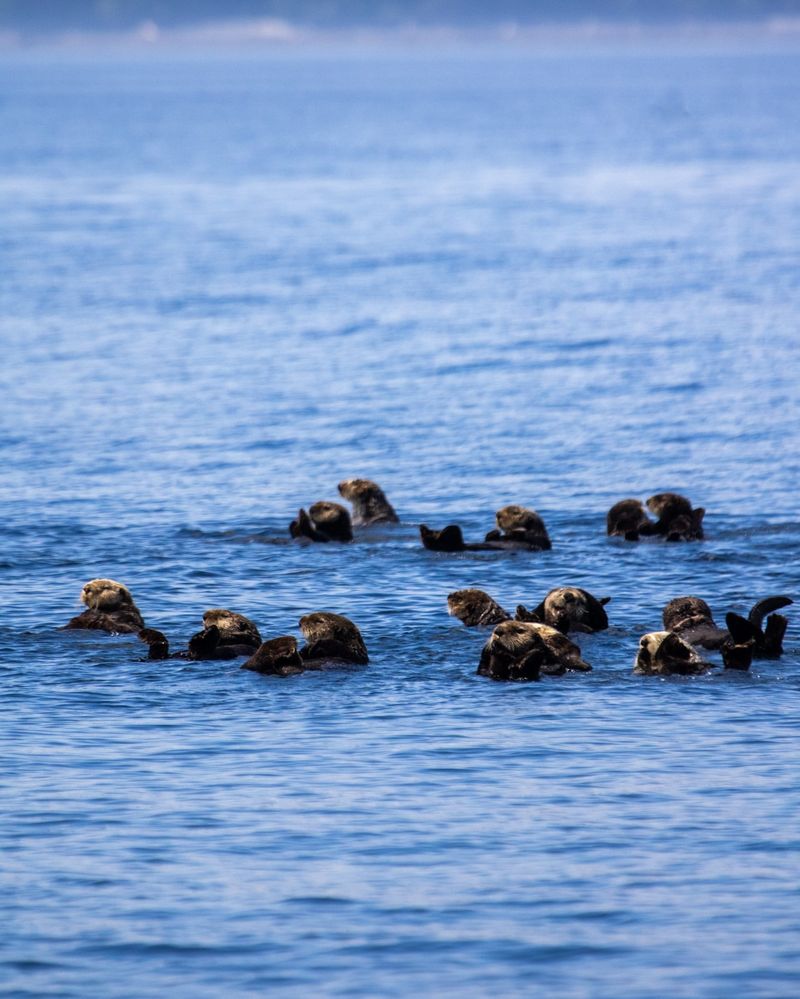
Once widely distributed along the coasts of the North Pacific, sea otter populations were decimated by fur hunting during the 18th and 19th centuries. Over the years, conservation efforts have led to a gradual recovery, particularly along the coasts of Alaska and California.
While their population is still recovering, sea otters have made significant strides in re-establishing themselves in their historical range, thanks to protections and restoration programs focused on their habitat and health.
23. Sea Otters’ Influence On Marine Ecosystems
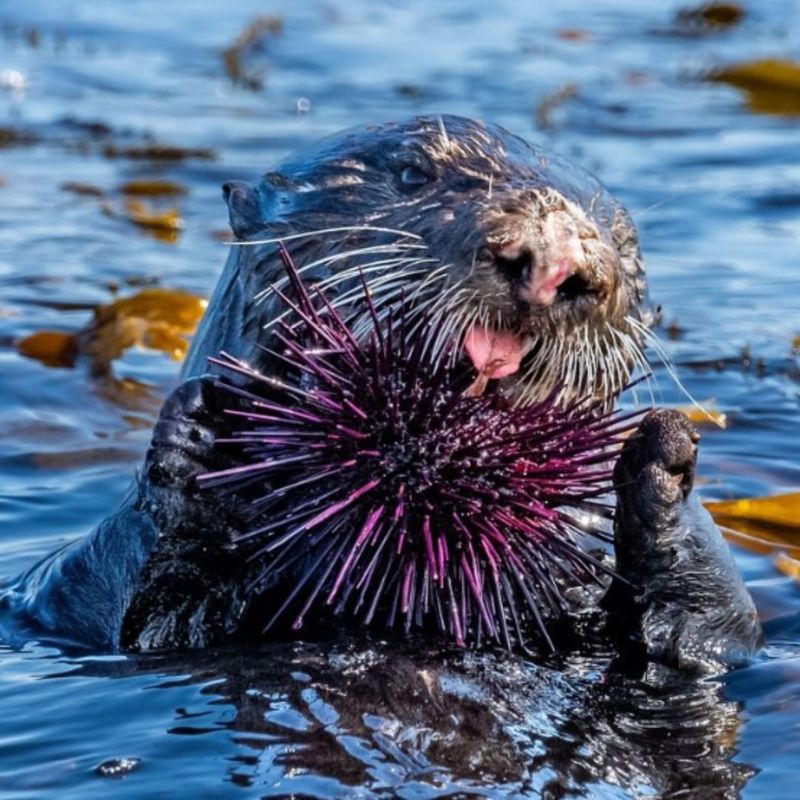
Sea otters play a keystone role in marine ecosystems, particularly in kelp forests. By feeding on herbivorous marine species like sea urchins, they prevent overgrazing of kelp, which in turn supports the entire ecosystem.
Without sea otters, urchin populations would explode, devastating kelp forests and reducing biodiversity. Their presence in these ecosystems is crucial for maintaining healthy marine habitats and supporting a wide variety of marine life.
24. Sea Otters And Ocean Acidification
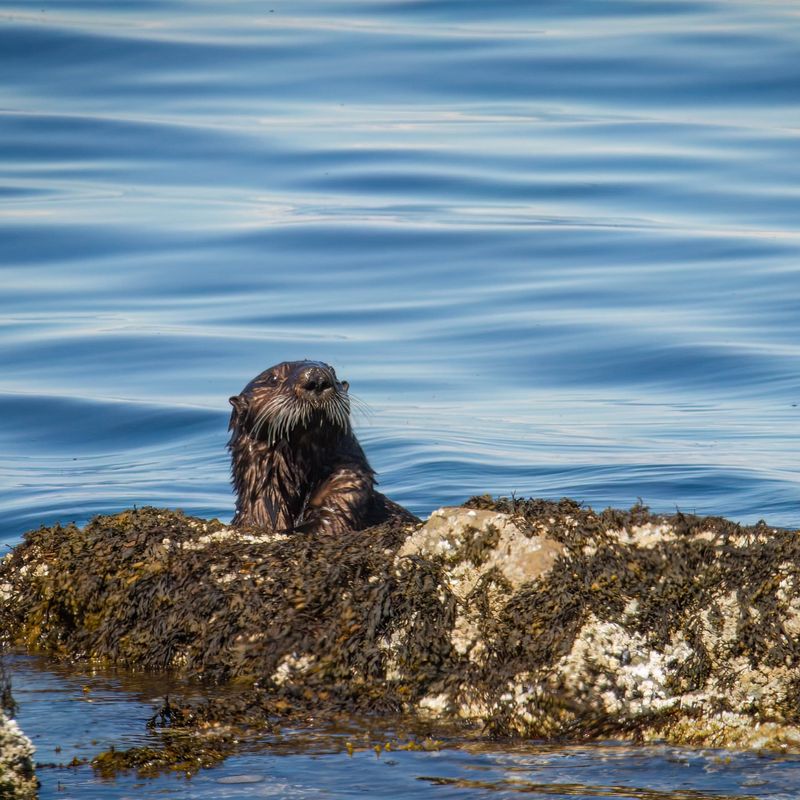
Ocean acidification, caused by rising levels of carbon dioxide in the atmosphere, poses a threat to marine ecosystems, including sea otters’ habitats. Acidification affects the availability of shell-forming organisms, such as sea urchins and mollusks, which are key components of the otters’ diet.
As these prey species are affected, sea otters could face difficulties finding food, highlighting the urgent need to address the environmental factors contributing to ocean acidification.
25. Sea Otters’ Role In Carbon Sequestration
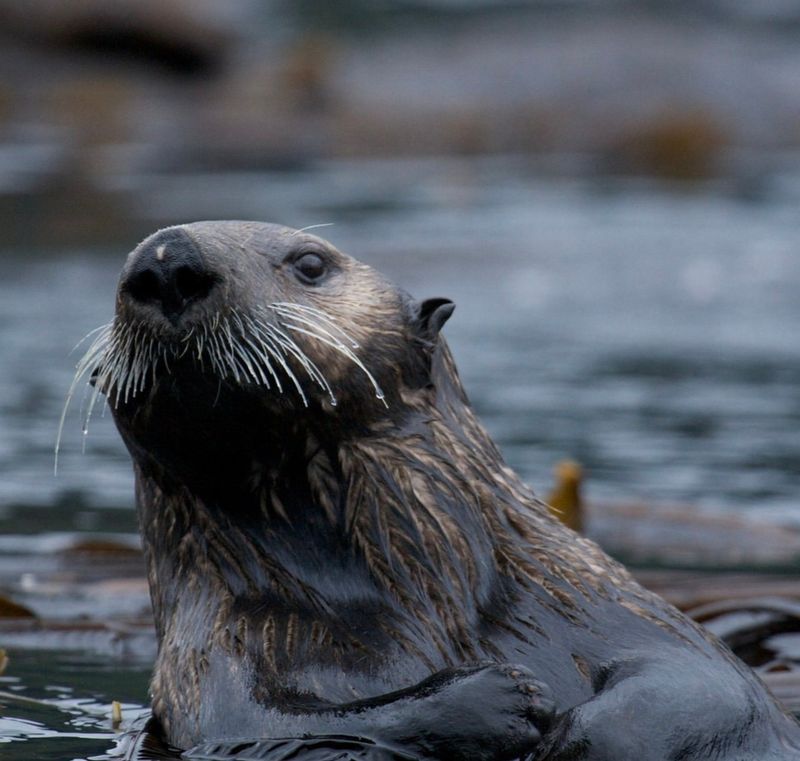
Sea otters indirectly contribute to carbon sequestration by helping maintain kelp forests, which are highly effective at absorbing and storing carbon dioxide. By keeping urchin populations in check, sea otters allow kelp forests to thrive, helping to mitigate the effects of climate change.
The preservation of these underwater forests can significantly reduce the amount of carbon in the atmosphere, showcasing the important environmental role that sea otters play in the fight against climate change.
26. Sea Otters And Human Interaction
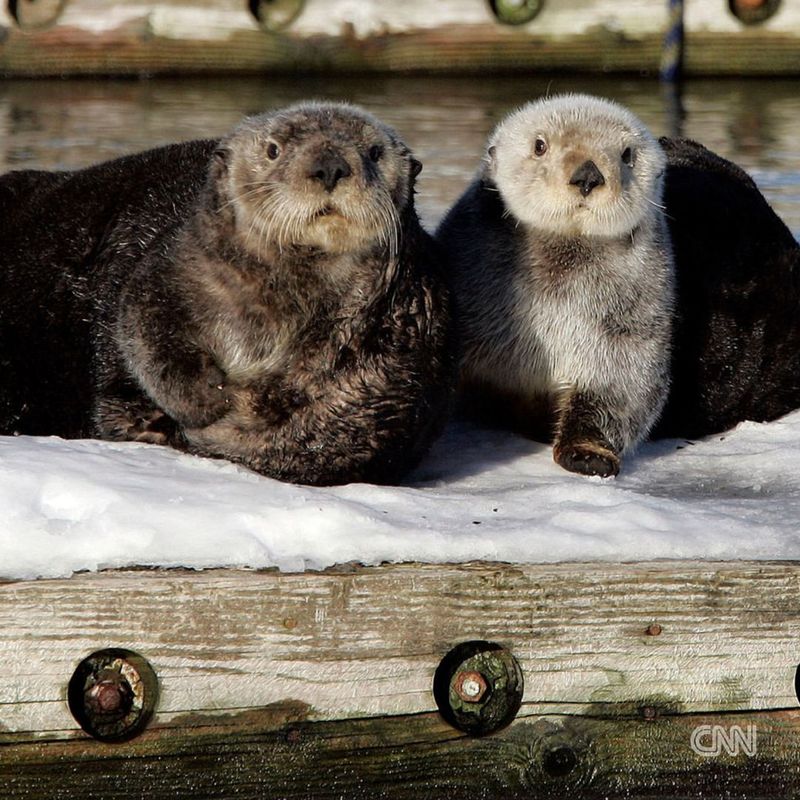
Although sea otters are generally peaceful, they do interact with humans in various ways. In some coastal communities, they have become a symbol of marine conservation, and many ecotourism initiatives focus on otter-watching.
However, human activities such as pollution, oil spills, and fishing practices still pose threats to their populations. These interactions have led to stronger conservation efforts, as people increasingly recognize the need to protect sea otters and their fragile ecosystems.
27. Sea Otters And Educational Programs
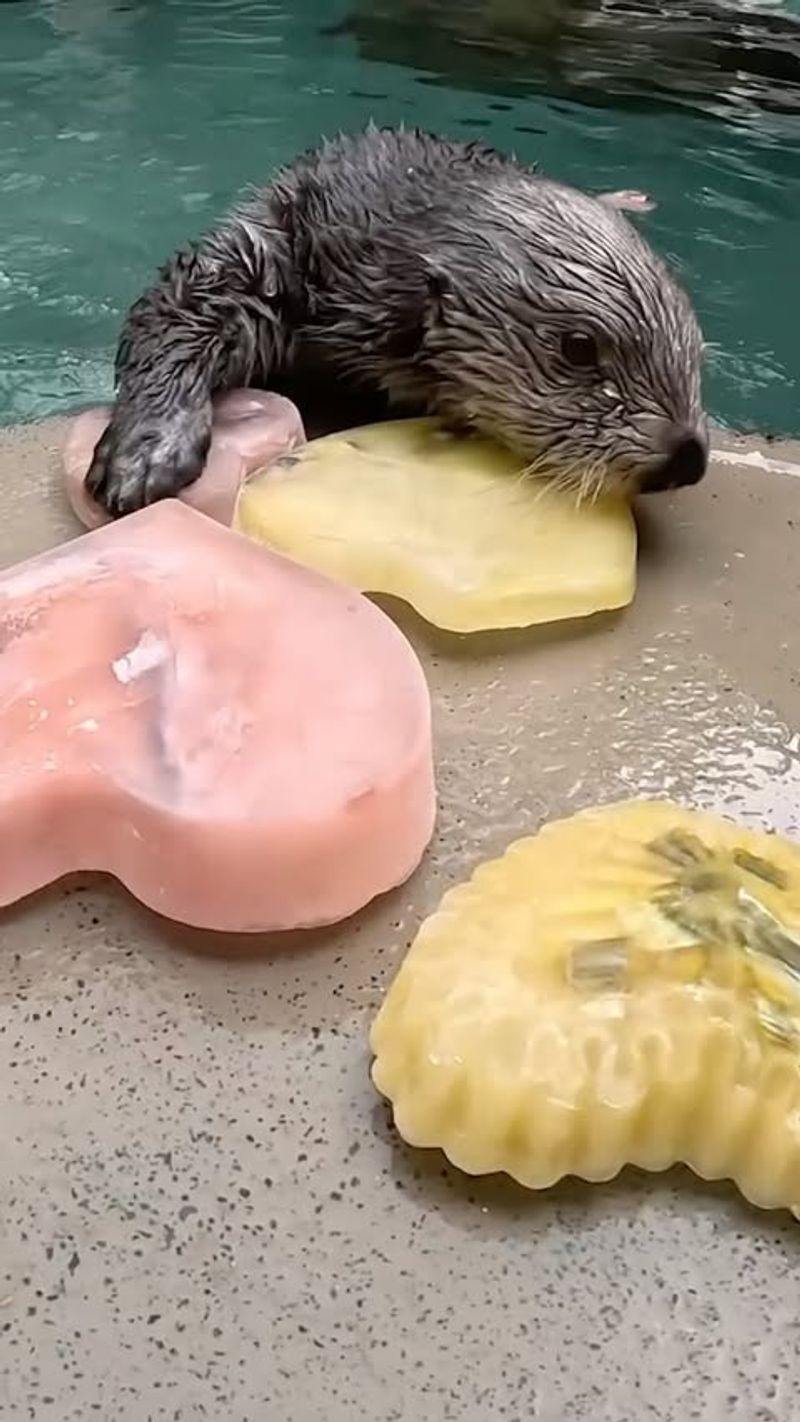
Educational programs focused on sea otters help raise awareness about the importance of marine conservation and the role otters play in maintaining healthy ecosystems.
Zoos, aquariums, and wildlife centers around the world offer interactive exhibits and educational materials about otter behavior, biology, and environmental threats.
These programs educate the public, especially children, about the significance of otters in the wild and the need for continued efforts to protect these fascinating creatures.

